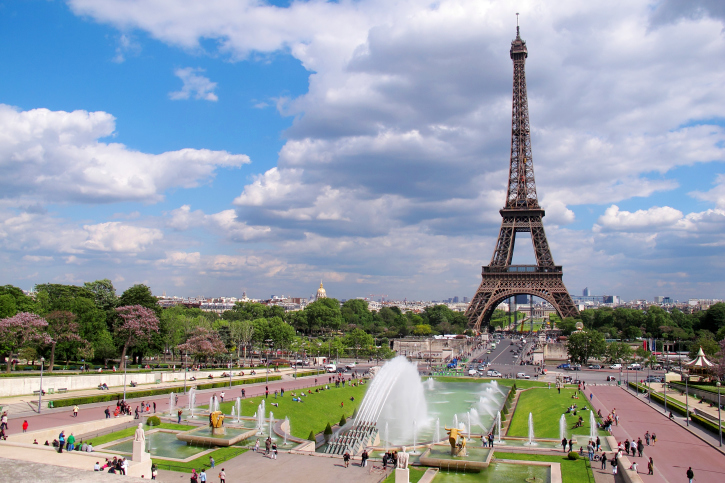Learn
|
In French, as well as in English, a noun is a person, place, thing, or idea. In English, nouns can be used alone or with an article. For example, you could say: I like music or I like the music; or I don't like to fold clothes or I don't like to fold the clothes. However, in French, all nouns must be used with an article (or a determiner, which you will learn in a future unit). Therefore, in French, you should say J'aime la musique or Je n'aime pas plier les vêtements. In French, there are four definite articles, which correspond with the English word the:
The words masculine and feminine refer to the gender of the noun. In French, all nouns are either masculine or feminine, not just the nouns that refer to people. Each time you learn a new noun, you will learn its gender. For now, if a noun ends in the letter s, you will treat it as a plural noun. You will learn more about forming plural nouns very soon. Read, study, and listen to the following examples of nouns with definite articles:
Features of La Tour Eiffel La Tour Eiffel is located in the park of Champ de Mars next to the Seine River. Gustave Eiffel designed the four base pillars to align with the four directions of the compass. Therefore, one pillar is aligned toward the north; one to the south; one to the east and one to the west. When La Tour Eiffel opened, its original height was 1,023 feet, which made it the tallest structure in the world. It held this record for the next 40 years until it was surpassed by the Chrysler Building in New York City, which opened in 1929 at the height of 1,047 feet. In 1957, an antenna was added to La Tour Eiffel, thus bringing its current height to 1,063 feet. The Tower did not re-gain the record of world's tallest structure, as the Empire State Building captured that record in 1931 when it opened at the height of 1,250 feet. Every seven years, La Tour Eiffel gets a new coat of paint. The name of the paint is Eiffel Tower Brown, and a few drops of yellow paint are mixed with each gallon of brown paint. The yellow paint enhances the reflection of the tower lights at night. The Tower has 1,652 steps. When going from the ground to level one and level two, visitors may purchase a ticket for the stairs or the elevator. When going to level three, everyone must purchase a ticket for the elevator. The good news is the elevators that go to the top are glass elevators, so you will not miss a minute of the great view! While on the Tower, you can see Gustave Eiffel's office, buy a souvenir from the souvenir shop, and even eat in one of the Tower's famous restaurants.
References Aaseng, Nathan. "Alexandre Gustave Eiffel and the Eiffel Tower." Construction: Building the Impossible. Minneapolis, MN: Oliver, 2000. 63-75. Print. "Eiffel Tower." History. N.p., 1 Jan. 2011. Web. 16 Apr. 2014. La Tour Eiffel. N.p., 1 Jan. 2010. Web. 16 Apr. 2014. |
